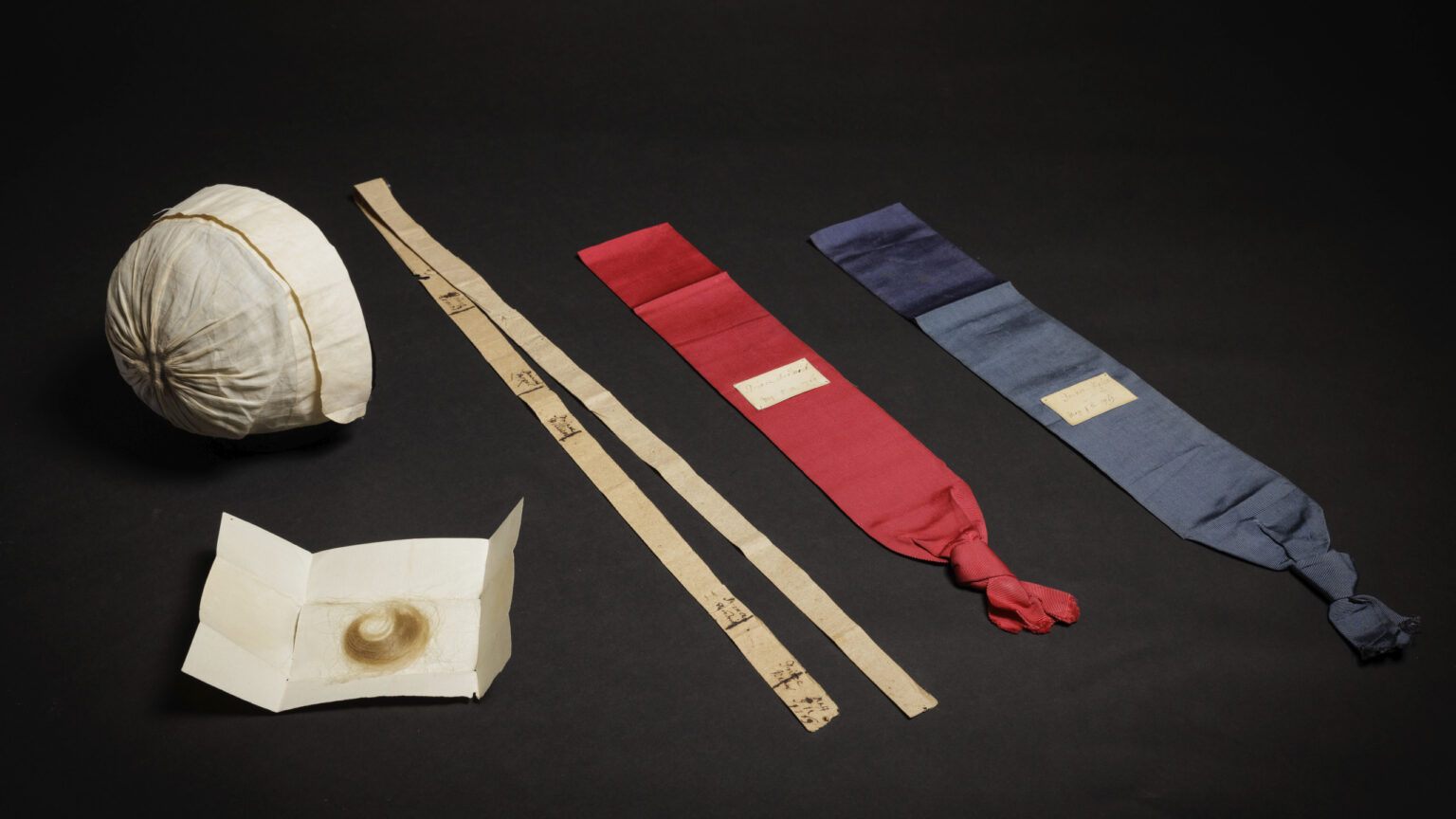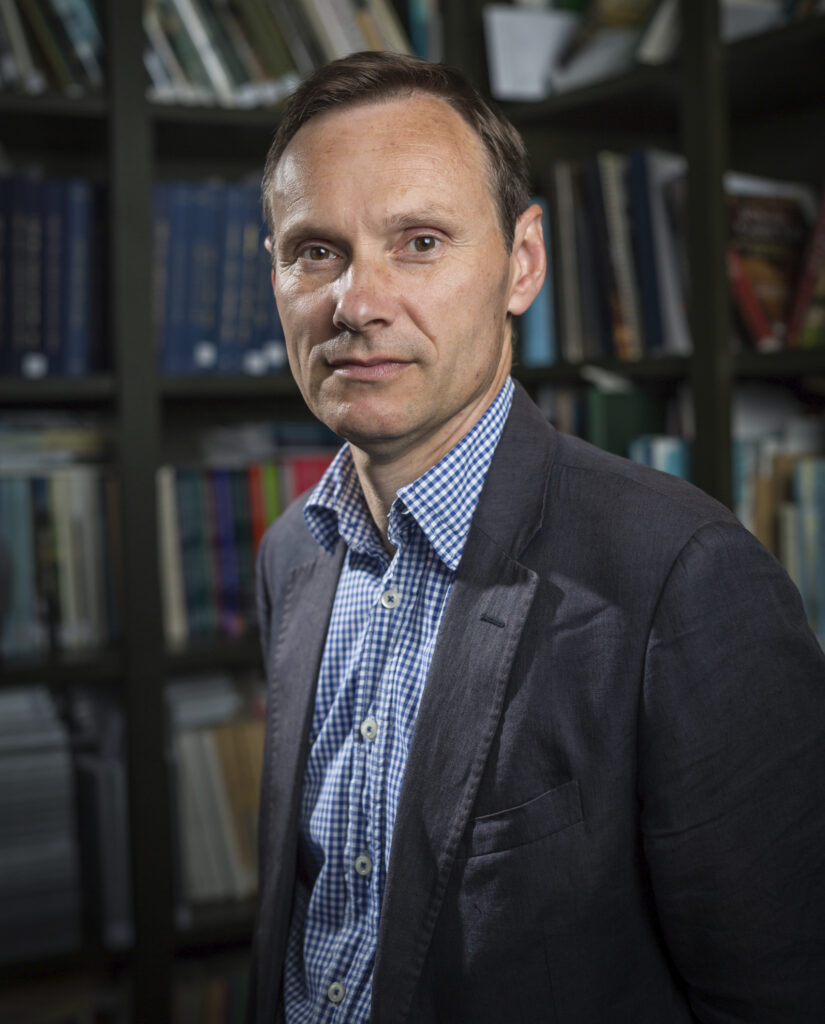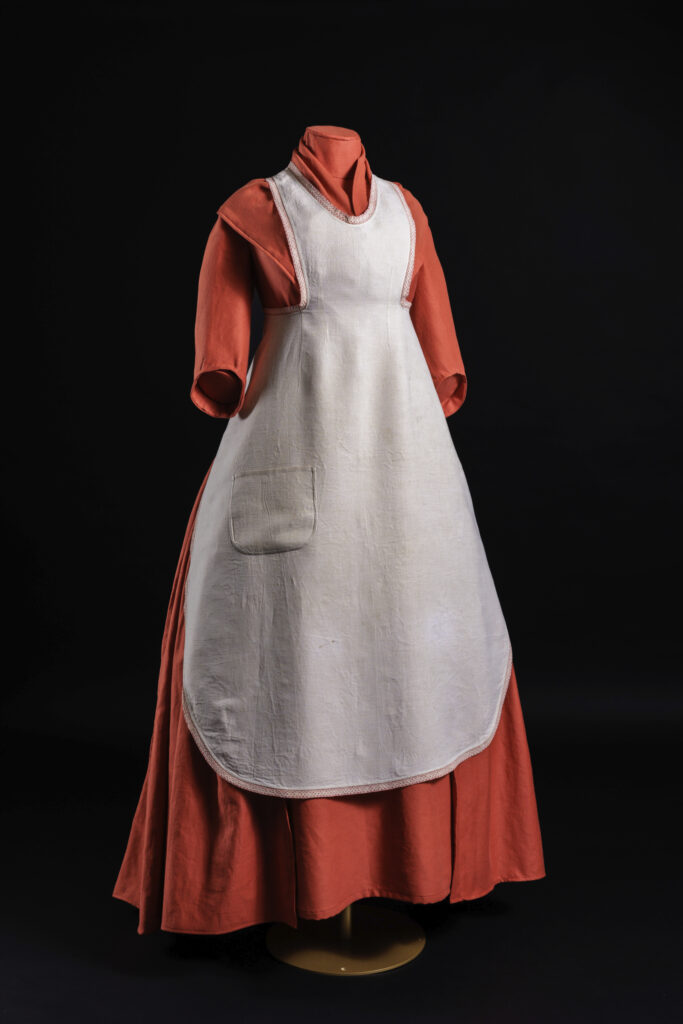Enjoy this article?
Most Museums Journal content is only available to members. Join the MA to get full access to the latest thinking and trends from across the sector, case studies and best practice advice.

Sebastian Edwards: We wanted to tell the stories of people who have previously been overlooked in history.
While the palaces themselves were places of magnificence, behind the scenes thousands worked tirelessly in a network of departments to maintain and run them. Often, little survives to mark the contribution of the not-so-ordinary people who worked behind the throne.
We wanted to explore their origins and identities, their essential and unexpected skills – and the intimate roles many of them had caring for members of the royal family.
As curators, our choices are shaped by the available evidence of these “untold lives”, which is often fragmentary. For some of the more challenging themes that connect to our audience in a very different way from the past, we worked with contemporary artists to go beyond those unwritten stories and changing values.

With an exhibition such as this, there are inevitably many forgotten but fascinating stories. Some are also disturbing or heartbreaking. We have to remember that these were hard and even dangerous times for most working people.
While today old age is not often given the value it deserves, I very much like the character of Bridget Holmes, our 96-year-old exhibition “poster girl”, who worked her way up through the most menial of roles.
The “necessary woman” cleaned the royal lodgings, which included the royal toilet – or close stool (a magnificent example of which we also feature).
She lived to be 100 and managed a team of her own. Her loyal service to no fewer than four kings was rewarded with her being memorialised in a superb full-length portrait by a royal portraitist, and being buried in Westminster Abbey.
We look at the lives of the kitchen staff through some of their words and objects – physically hard work today but even harder back then.
The “turnbroaches” – young men who turned the roasting spits all day long – had a reputation for being troublesome, but I can sympathise with them, doing the same hot and heavy work for hours on end, while being at the bottom of the Georgian pay scale.
Sometimes they weren’t even paid at all for a while. And then their role was largely made redundant by the Industrial Revolution. A familiar story, perhaps?

This temporary exhibition will run until the end of October and has given us the opportunity to borrow some rare and previously unseen objects.
However, the ongoing research into this aspect of the palaces will certainly be continued through Historic Royal Palaces’ research strategy, and will be used in our public programming and learning resources, including in the future presentation of some of our permanent visitor routes.
We continue to research under-represented histories that are connected with the palaces and monarchy, as a core part of our commitment to make these places accessible to as wide and large an audience as we can possibly reach.
Untold Lives is on at Kensington Palace, London, until 27 October
Most Museums Journal content is only available to members. Join the MA to get full access to the latest thinking and trends from across the sector, case studies and best practice advice.